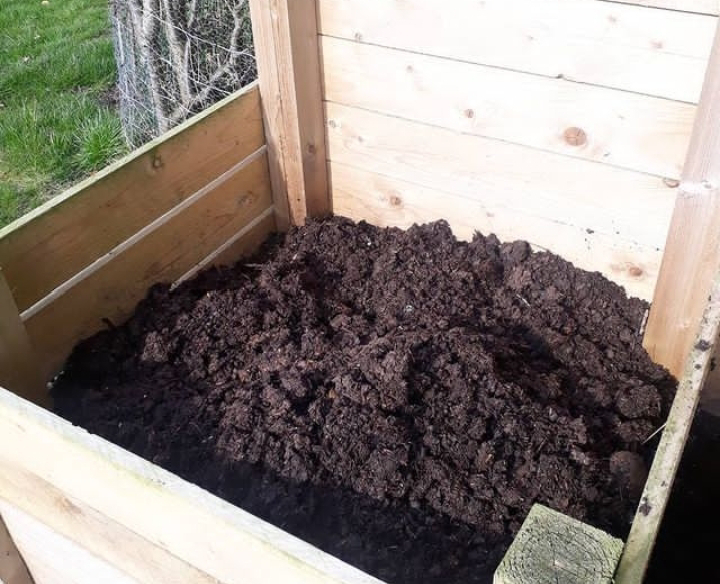What is the Composting?
Composting is a natural process that converts organic waste materials into a nutrient-rich soil amendment known as compost. It is a sustainable and environmentally friendly way to recycle kitchen and yard waste, reducing the amount of waste sent to landfills and contributing to healthier soils and plant growth. Composting harnesses the power of microorganisms, fungi, and other decomposers to break down organic matter into a stable, humus-like substance.
Compost bin and containers
Here's a breakdown of compost bins and containers:Composting methods
1. **Compost Bin:** A compost bin is an enclosed container designed specifically for composting. It helps create the ideal environment for composting by retaining heat and moisture while keeping pests out. Compost bins come in various sizes, materials, and styles. Some common types include:
-Plastic Compost BinsThese are lightweight, affordable, and easy to move around. They often have a lid and ventilation to facilitate the composting process.
-Wooden Compost Bins:Usually made from treated wood or cedar, these bins blend well with garden surroundings and offer good insulation.
- Tumbling Compost Bins:*These are designed to make turning and aerating the compost easier. They consist of a barrel or drum mounted on an axis, which can be rotated to mix the compost.
2. **Compost Pile/Heap:** If you have a larger yard or garden space, you can simply create a compost pile or heap directly on the ground. This method is more informal and doesn't require a container, but it's essential to layer the compost properly and turn it regularly for optimal results.
3. vermiculture Worm bins are a specialized type of composting container that uses worms to break down organic waste. Red worms (Eisenia fetida) are commonly used for vermicomposting. The worms consume the organic matter, and their castings (vermicast) become rich compost.
When using compost bins and containers, there are some essential tips to keep in mind:
-Balance For successful composting, maintain a good balance of green (nitrogen-rich) and brown (carbon-rich) materials. Green materials include kitchen scraps and fresh garden waste, while brown materials include dry leaves, straw, and wood chips.
- **Aeration:** Proper aeration is crucial for composting. Regularly turn the compost pile or use a compost tumbler to provide oxygen to the microorganisms that break down the organic matter.
- **Moisture:** Compost needs to stay moist, but not waterlogged. Add water when needed to maintain the moisture level.
- **Layering:** Alternate layers of green and brown materials in the compost bin to aid decomposition and prevent clumping.
- **Avoid:** Avoid adding meat, dairy, or oily items, as they may attract pests and slow down the composting process.
Using compost bins and containers is an eco-friendly way to dispose of organic waste while creating a valuable resource for your garden. Whether you choose a simple pile, a standard compost bin, or a vermicomposting system, composting is a rewarding practice that benefits both the environment and your plants.





No comments:
Post a Comment